Modern History
Late 1800’s
In the late 1800’s, a group of three members of the Societas Rosicruciana in Anglia (S.R.I.A.), William Robert Woodman, William Wynn Wescott, and Samuel Liddel Mathers, formed a new esoteric organization known as the Hermetic Order of the Golden Dawn. Using foundational documents known as the Cipher Manuscripts (decoded primarily by Wescott), they created an initiatory system of study and ritual based upon Hermetic philosophy and assorted practices of the Western Mystery Tradition.
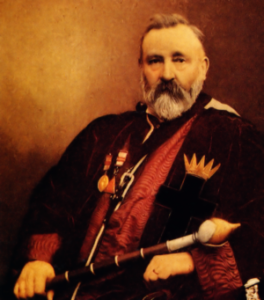
William Wynn Wescott
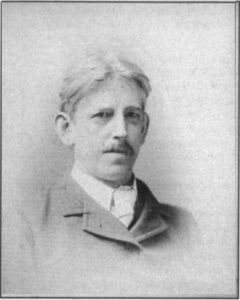
Samuel Liddel Mathers
1888
1918
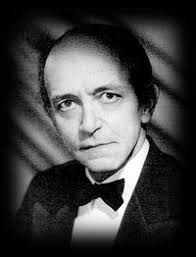
Paul Foster Case
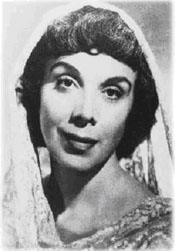
Ann Davies
1950’s
1982
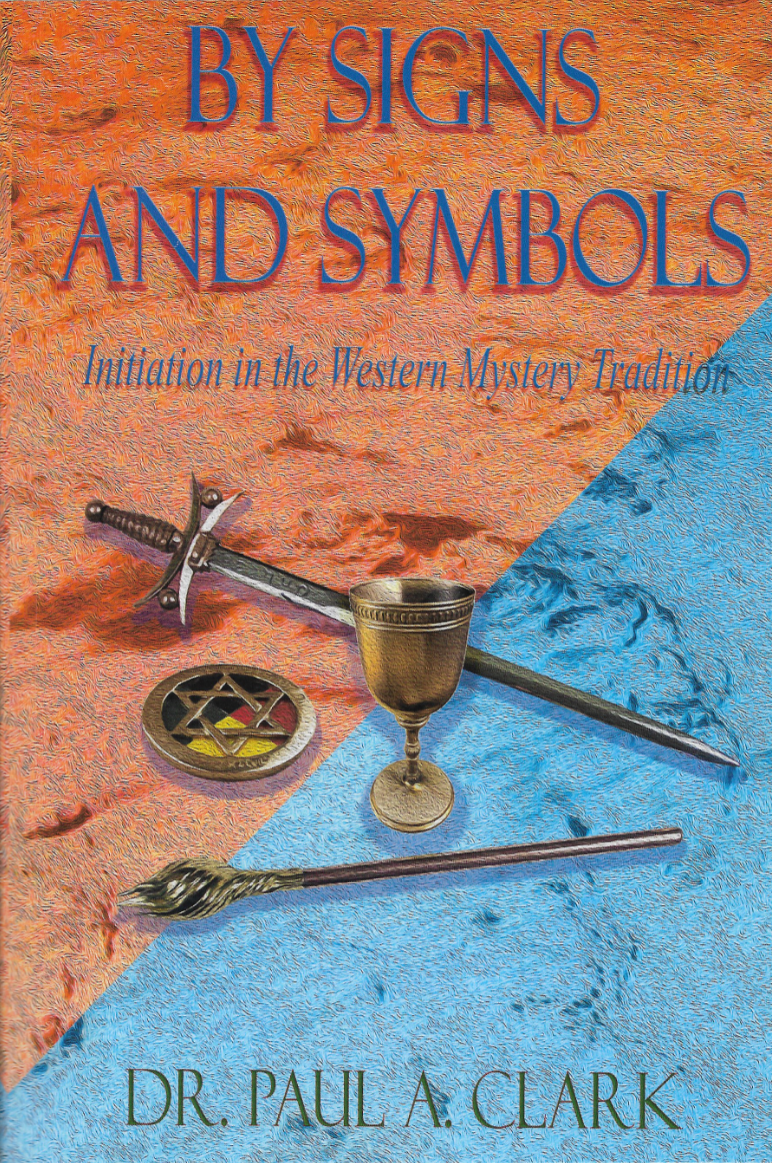

2018
Ancient History
Humanity has always pondered the secrets of the universe. For millennia, we have, as a species, looked for meaning and have sought greater understanding. Were we created by an omnipotent loving intelligence? Does life exist after death? Mystery Schools have long addressed these questions and have existed to help seekers to find answers within their own beings and consciousness. They teach that the truth isn’t out there – it’s “in here.” By exploring inner worlds with archetypal symbols and creating practices to open individual consciousness to Divine energies, humans have gained access to realities that would appear magical or miraculous to many.
.
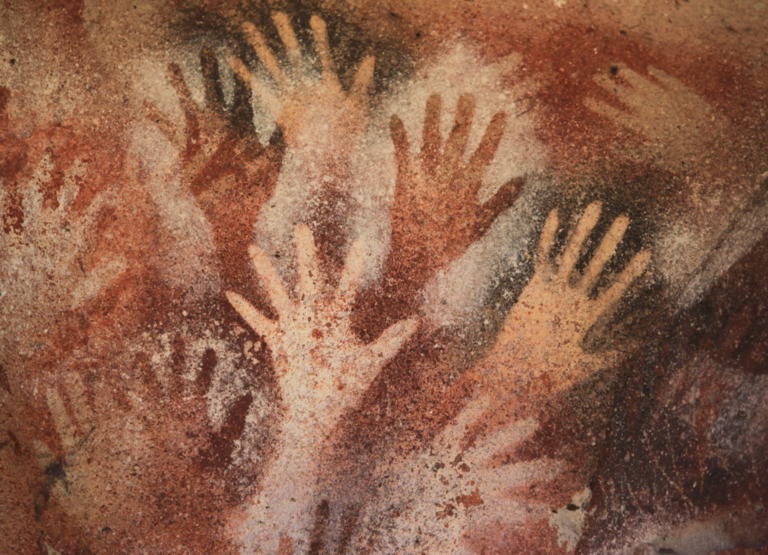
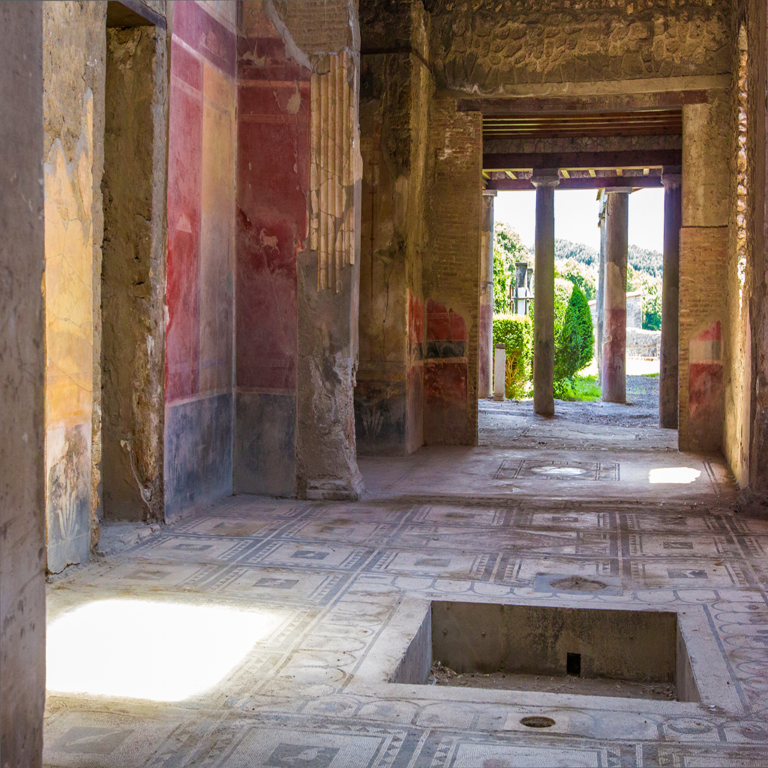
These Mystery Schools date back to ancient times; have been created, have disappeared, and have then been reborn again from time-to-time in a number of civilizations around the world, both in the East and the West. In the West, notable among these Schools are those that were dedicated to Isis and Osiris, the Zoroastrian Mystery Schools, the Mysteries of Dionysus, the Mithraic Mysteries, the Eleusinian Mysteries, the Gnostics, the Essenes, the Sufis, the Knights Templar, and the Orders of the Golden and Rosy Cross.
The systems of study and ritual used in Western Mystery Schools today can be traced to teachings in Ancient Egypt and Greece. Hermetic philosophy includes the foundational phrase, “Know Thyself” which is known to have been inscribed at the Temple of Apollo at Delphi and is thought to have been used in Ancient Egypt as well. The Egyptian Mystery Schools were dedicated to training their students to serve the rest of their civilization by using mathematics, psychology, medicine/surgery, and astronomy. The Mystery Schools also taught spirituality and promulgated the idea that there is no necessity for an arbitrary demarcation between the outer and the inner life. The Egyptian Mystery Schools combined concepts that we would characterize as scientific with esoteric ones, to form a broader philosophical system.
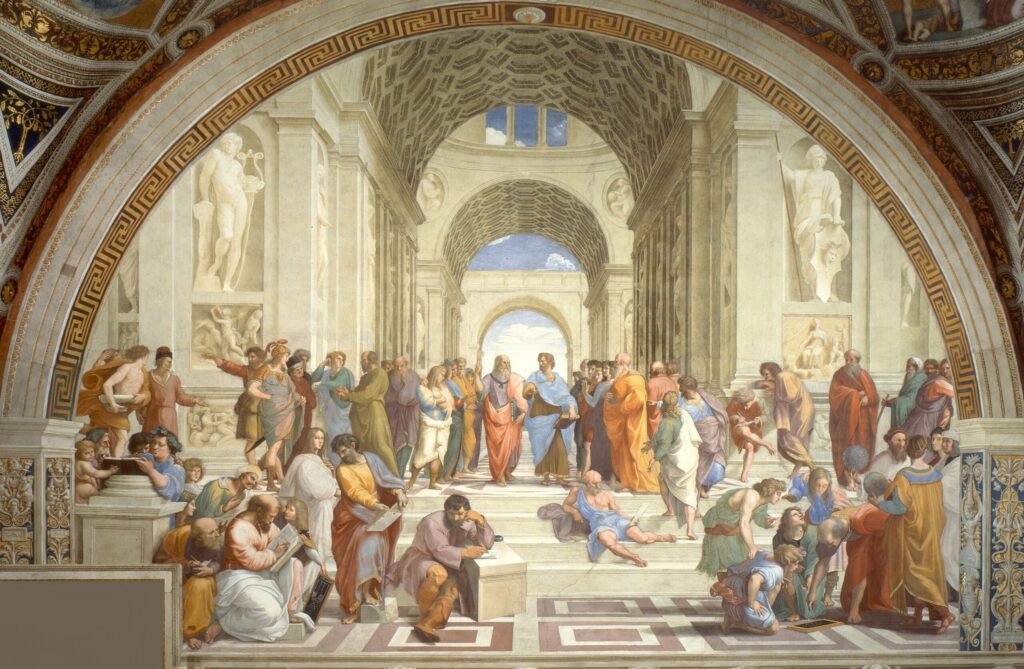
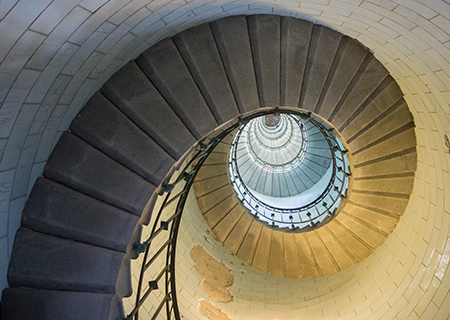
In the Mystery Schools of Greece, students were taught that by “knowing self” they could become one with their Higher Soul and ultimately attain contact with super-consciousness. This process was aided through the cultivation of virtue, which built up the personality and aligned it more closely to the divine. In Greece, architecture was often a form of spiritual allegory. A physical structure was a combination of symbols that corresponded to the work of building an “Inner Temple.” Again, as in Egypt, mathematics and the power of numbers and proportion were used to convey Divine principles. For example, the irrational numbers of Pi and Phi were used to describe God. It was taught that the point at the center of a circle stood in relation to its circumference as a human individual might be conceived in relation to God. The concept of Phi was also used to represent the ratio or spatial relationship of the tiny atom to huge and distant planetary systems. In this manner, the relationship of the parts of the universe to the whole was conceptualized.
Centuries later, extraordinary developments of the Western Mystery Tradition occurred in Europe, most notably in seventeenth century Germany. A mysterious group of “seekers” declared themselves to be a secret brotherhood and they published an astounding allegory of initiation in documents called The Fama Fraternitatas, The Confessio, and The Chymical Wedding of Christian Rosenkreutz. These same documents would later influence the creation of the Societas Rosicruciana in Anglia and the founding of the Hermetic Order of the Golden Dawn.
Moreover, these three seminal Rosicrucian works are the subject of Paul Foster Case’s book, The True and Invisible Rosicrucian Order. Today, they may still be mined as a treasury of images and narrative that point the way to illumination. A number of Western Mystery Schools continue to build upon all of these outstanding traditions, including the Ordo Hermeticus Mysteriorum.
